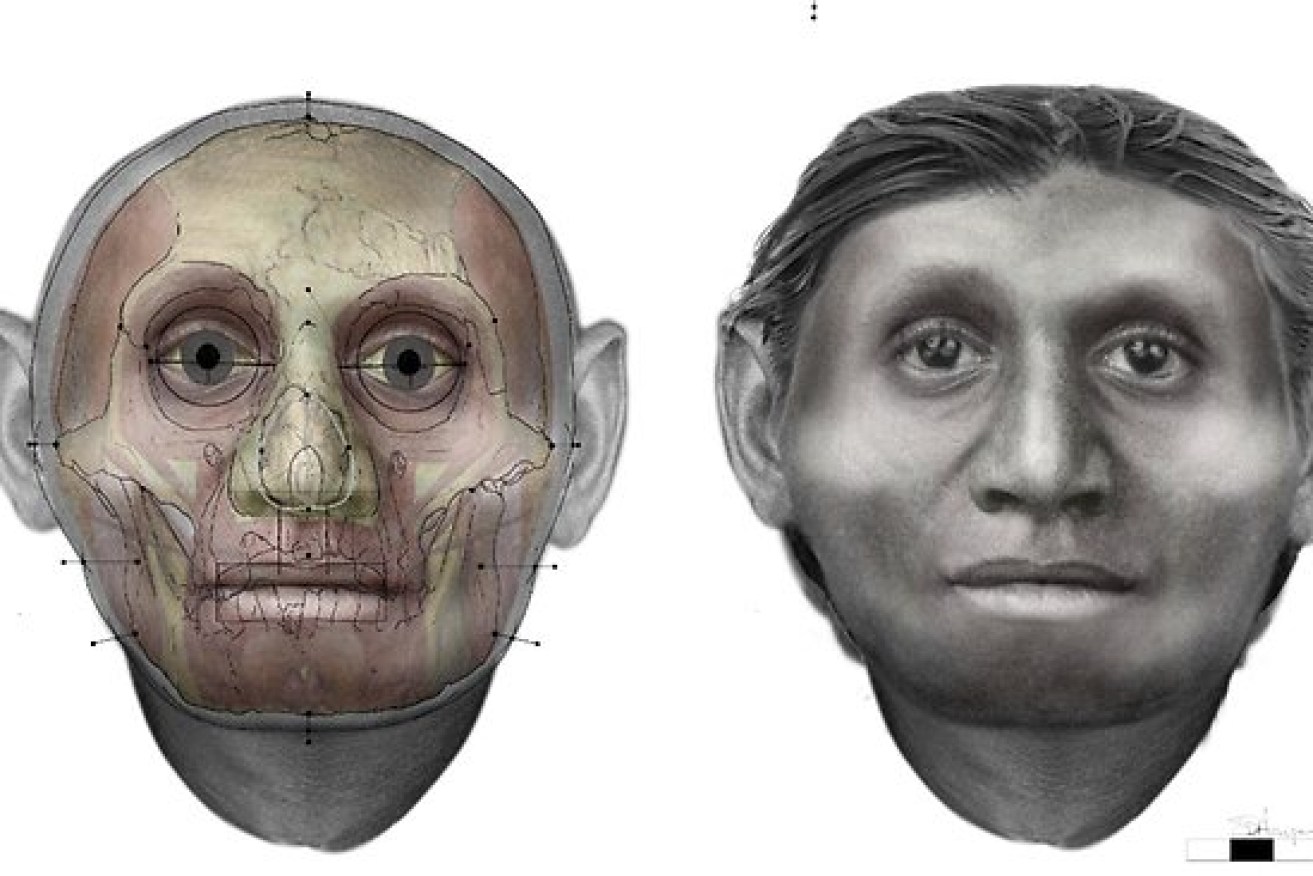Humans blamed for loss of our prehistoric hobbits


A new archeological find appears to confirm that Homo sapiens killed the hobbits. Source: Supplied
There aren’t any dental records to say exactly who did the deed, but a pair of 46,000-year-old human teeth found in a cave on the Indonesian island of Flores seem to confirm that Homo sapiens killed the last of the metre-tall hobbits.
It’s possible they belong to the person who put the tiny species to a sticky end.

The hobbit-like people were thought to exist up to 11,000 years ago.
Remains of the so-called hobbits, otherwise known as Homo floresiensis, were first discovered in Ling Bua cave in 2003 by Wollongong geochronologist Richard Roberts and Indonesian archaeologist Thomas Sutikna.
At the time, carbon dating of the remains suggested the hobbit survived up until 11,000 years ago.
This was somewhat confusing because Homo sapiens were well settled in south-east Asia by then and it was believed that the two species could not have happily co-existed together for centuries.
Competition led to bloodshed
Competition for food, caves to sleep in and other resources would have led to bloodshed – and for the much smaller hobbit, annihilation.
Some scientists challenged the discovery being a new species and suggested that the hobbit was just a diseased group of humans.
Subsequent discovery and dating a missing time-slice of remains and artefacts from the cave pushed the extinction of the hobbits back to around 50,000 years – around the time modern man first settled in south-east Asia.
“What we thought was a Homo floresiensis body in 20,000-year-old deposits turned out to be … 50,000-year-old deposits,” Roberts told The New Daily in a telephone interview on Thursday.
At the time, he described the re-dating of the hobbits’ extinction: “It’s a smoking gun for modern human interaction, but we haven’t yet found the bullet.”
Now he has two bullets, in the form of the teeth.
The human teeth were discovered in 2011, but again were initially thought to be only 11,000 years old and “were no huge surprise”, said Roberts.
“It’s only later on when we made a revision for the chronology of the hobbit, that suddenly these teeth took on a whole new importance because they came from the lowest (and therefore oldest) levels of the dig, immediately above the last of the hobbits.”

The ‘proof’ that humans killed them.
The teeth, an upper pre-molar and low molar – which appear to be those belong to modern man, but are yet to be formally confirmed as such – are the oldest to have been found in south-east Asia.
“They would be the oldest teeth from modern humans in this part of the world … but we need to verify that this is absolutely the case,” said Roberts. “The oldest skeletal remains we have of Aborigines from lake Mungo are 40,000 years old.”
It’s also possible the teeth came from relatives of early aborigines in transit, moving through from the long haul from Africa.
“The teeth are much too large to belong to hobbits … they are in the range of Aboriginal Australian teeth which are large on the human scale for teeth.”
Roberts and Sutikna, from the University of Wollongong, reported the discovery of the teeth in a talk on September 17 at the annual meeting of the European Society for the study of Human Evolution in Madrid.

Archeologists have been working in Indonesia to uncover the beginnings of humans and hobbits. Photo: AP
María Martinón-Torres, a palaeoanthropologist at University College London who attended the talk, told the journal Nature that the lower molar looked like it came from Homo sapiens, whereas the premolar seemed a bit more primitive. She would like to see more teeth before coming to any firm conclusion.
Roberts concurred. “We need to find more fossils. It’s a good start. I feel we’re almost on the cusp of knowing what happened.”
Roberts, Sutikna and their team are returning to Liang Bua in April for what has become an annual pilgrimage.








